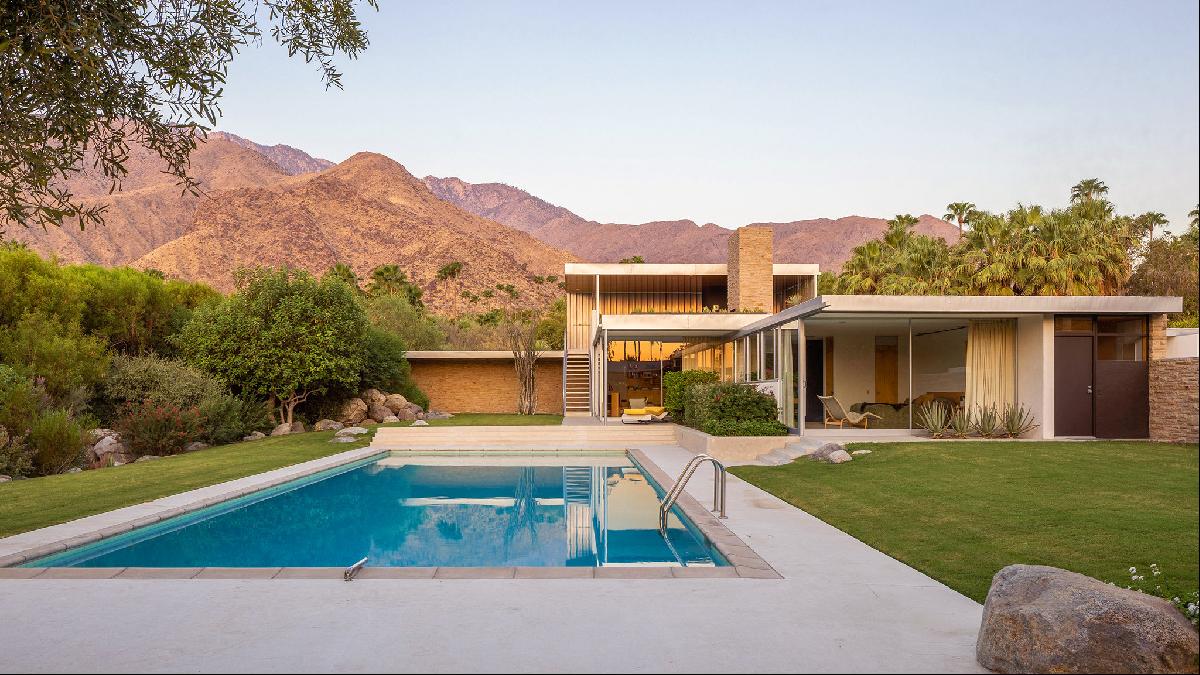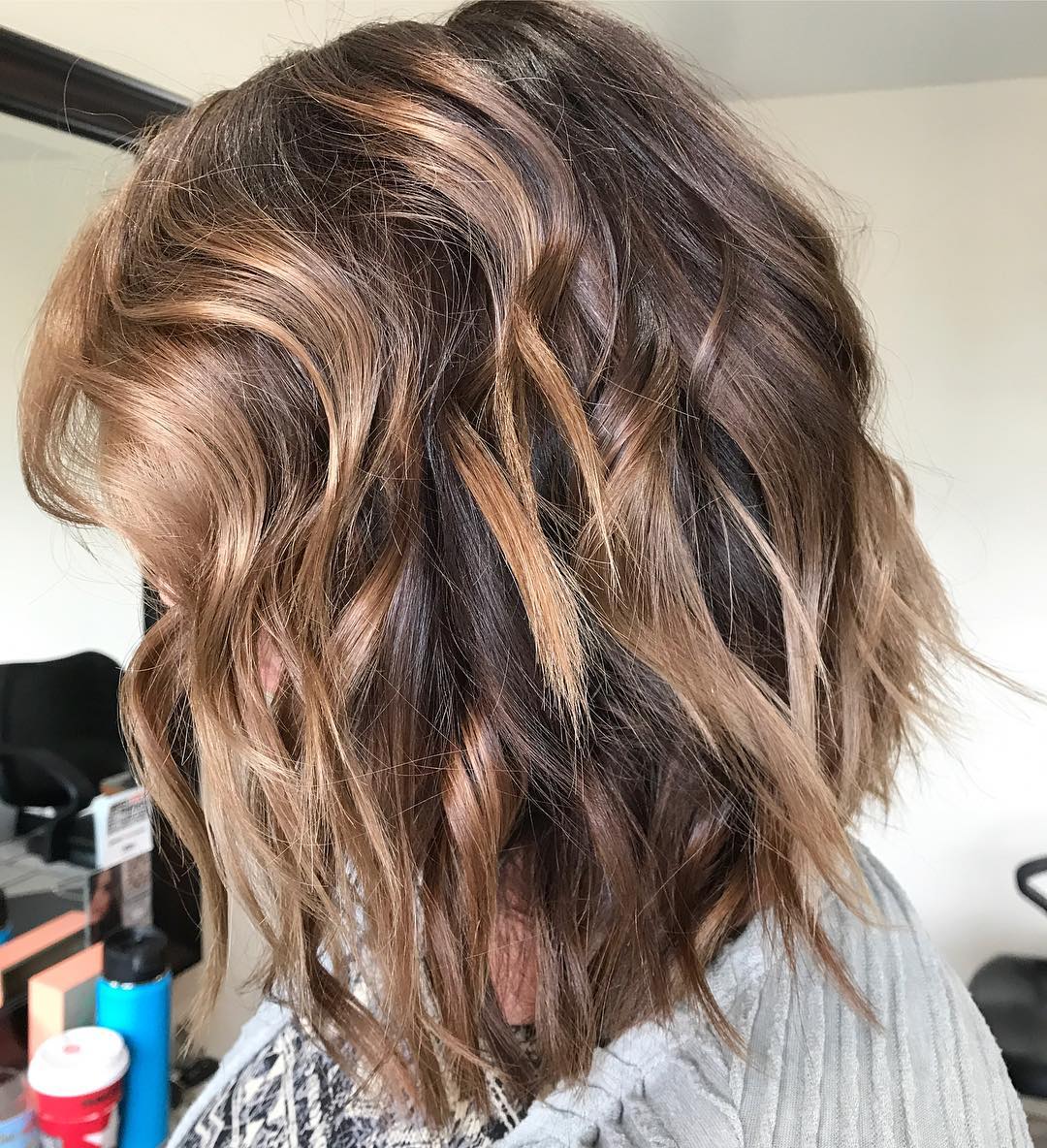Table Of Content

Richard Neutra, a Vienna-born architect, brought a unique blend of European modernism and Californian innovation to his projects. The collaboration between the client and architect was grounded in a mutual appreciation for cutting-edge design and technological advancement, setting the stage for creating a landmark in modernist architecture. Richard Neutra, an emblematic figure of 20th-century Architecture, excelled in blending technology, aesthetics, and the nuances of the natural environment into his designs. Among his illustrious works, the Kaufmann House in Palm Springs, California, is the quintessential example of his approach to modernist architecture. Twenty-five million dollars is certainly a hefty price tag, but then again, the buyer is stepping back into the past, into a profound moment of architectural history. Consider the second-story, open-air gloriette—a French word translating to "little glory"—where views of the San Jacinto Mountains are particularly heady.
Mono-material metal furniture
Next Owner of Kaufmann House Needs a Passion for Preservation - Palm Springs Life
Next Owner of Kaufmann House Needs a Passion for Preservation.
Posted: Wed, 28 Apr 2021 07:00:00 GMT [source]
On its left side, the walkway is delineated by a wall faced with dry-set Utah sandstone; a cantilevered roof offers shade. To the right, the view goes across a lawn with interspersed boulders toward an outdoor swimming pool. Behind the sandstone-faced wall Neutra placed a car garage and a secondary entrance into the western wing of the house, which contained the service spaces and servant quarters furthest west. It is one of the most important examples of International Style architecture in the United States and the only one still in private hands. The home was commissioned by Edgar J. Kaufmann Sr., a Pittsburgh department store tycoon as a desert retreat from harsh winters. A decade earlier, Kaufmann commissioned Frank Lloyd Wright to build Fallingwater in Pennsylvania.
designboom will always be there for you
After purchasing the house and its more than an acre of land for about $1.5 million, the Harrises removed the extra appendages and enlisted two young Los Angeles-area architects, Leo Marmol and Ron Radziner, to restore the Neutra design. When the Harrises decided to end their marriage, they faced a dilemma regarding the disposition of the house. Both were clear that the house required a special buyer who would fully appreciate its cultural significance and provide the kind of maintenance such a property requires. They hit upon a seemingly perfect solution -- they offered the house at auction as a piece of art. A precedent had already been set with the 2003 Sotheby's auction of Mies van der Rohe's innovative Farnsworth house which sold for $7.5 million.
The Kaufmann Desert House by Richard Neutra
A handsome southwestern profile composed of vertical stone walls and floating metal planes sits just beyond. From this angle, the structure looks more like an open-air desert pavilion than a home. The home was made to be lived in just 60 days a year (January and February, when the Kaufmanns escaped the Northeast). But after the Kaufmann family sold the estate in 1955, three successive owners — including former Chargers owner Gene Klein and singer Barry Manilow — made changes to make the home more livable year-round. Walls were pushed out, patios were enclosed, surfaces were repainted, air-conditioning was added to the roof, and the original square footage nearly doubled. The updates didn’t stop until 1993, when new owners Brent and Beth Harris, a financial executive and architectural historian, bought the home.
The resulting time-lapse photo is famous, not only for the multiple images of the running "ghost" puppy, but also for Shulman's request that Lilliane position herself on a mat to block the pool light from over-exposing the photo. Designed by local modernist William F. Cody, the Linsk addition was compatible and relatively seamless, but removed the glass corridor to the master bedroom and drastically reduced the amount of light to the interior. Modernist furnishings selected by Neutra were replaced with those chosen by prominent Palm Springs interior designer Arthur Elrod. It was purchased by Eugene and Francis Klein, owners of the San Diego Chargers, who sold the house in 1973 to entertainer Barry Manilow who owned it until 1993. The house has a cross-shaped plan, with a square living and dining room at the centre, and wings that extend out in cardinal directions.

Architect-designed furniture
This is particularly evident in the living room, whose walls of steel and glass slide outward toward the southeast, while the construction of deck and supports the hanging wall sliding moving toward the pool and spatially linking the house with it. This radial arm became the hallmark of Neutra, is the “spider leg,” the umbilical cord that merges space and building. After immigrating from Austria, Neutra started his career in America working for a series of well-known architects.
Cultural and Architectural Influence
The main outdoor rooms are enclosed by a vertical aluminum fins that offer flexible protection against sandstorms and intense heat. The east wing is connected with the living space of the north wing through a gallery that houses a bedroom suite. This vacation home was designed to emphasize the desert landscape and its harsh climate. Palm Springs, California undoubtedly has some of the most lavish and beautiful homes in North America. A visit there is like being transported back to the Golden Age of Hollywood where you may just find Bing Crosby playing a round of golf or Marilyn Monroe sipping a martini by the pool. The area has remained landmarks of historical, modern architecture, and the Kaufmann Desert House (or simply “Kaufmann House”) is no exception.
It was initially intended to be a winter retreat for his family from the unforgiving Midwest and East Coast winters, but it ended up becoming one of Palm Springs—and modern architecture’s—most important landmarks. The Kaufmann House is one of the best-known designs by Neutra, a Viennese-born architect who moved to the United States in the 1920s and designed homes for the next few decades for many wealthy West Coast clients. His buildings are seen virtually as the apotheosis of Modernism’s International Style, with their skeletal steel frames and open plans. Yet Neutra was also known for catering sensitively to the needs of his clients, so that their houses would be not only functional but would also nurture their owners psychologically. A handful of his projects are located in Palm Springs, which – thanks to its location two hours east of Hollywood – became a hotbed of modernist architecture during the mid-20th century. Movie stars and celebrities in the 1950s and 1960s hired architects to build contemporary weekend residences that were in vogue at the time.
It's boxy design, flat roof, covered outdoor spaces, and slatted metal walls all cater to the desert environment, making it a comfortable living space year-round. Located at 470 West Vista Chino in Palm Springs, California, this masterpiece of architecture was designed to connect residents and visitors to the beautiful surrounding desert, letting the outside in and vice versa. The two-story, five-bedroom, five-bathroom, home was built in a pinwheel design with low horizontal planes that bring the house closer to the desert landscape, giving the illusion that it is floating amongst the mountains. This illusion is emphasized by the use of sliding glass doors that open up to the walkways and patios. The effect the glass doors give to the Kaufman House is that when they are opened, the interior and exterior become a singular flowing space.
The rest of the house branches out like a pinwheel in each of the cardinal directions. From the center of the house each wing that branches out has its own specific function; however, the most important aspects of the house are oriented east/west while the supporting features are oriented north/south. Material choices in the Kaufmann House also reflect Neutra’s innovative approach to architecture.
Through the collaboration of these two individuals, the Hearst Castle emerged out of the hill and would become a landmark for California history and culture of the 20th century. Paul R. Williams was an extraordinary man and a prolific Architect practicing during Hollywood’s Golden age. He worked on a wide variety of projects including churches, airports, public housing, courthouses, and offices; however, he is best known for his luxury custom homes. The case study house program was an experimental program set up by John Entenza through Arts and Architecture Magazine, that facilitated the design, construction and publishing of modern single-family homes.
Such auctions are bringing a new level of scrutiny to a form that, little more than a decade ago, attracted so little notice that the Kaufmann House was being offered for sale as a teardown. Sign up for our newsletter to get unique arts & culture stories and videos from across Southern California in your inbox. News from Dezeen Events Guide, a listings guide covering the leading design-related events taking place around the world. Palm Springs is celebrating its status as a modernist mecca from 15 to 25 February 2018, when the annual Modernism Week takes place. A dialogue between indoors and outdoors is one of the Kaufmann Desert House’s finest attributes, lending it a cinematic quality.
Even though Doe is selling the house the old-fashioned way, by walking prospective buyers through the property one by one, he does not disparage the headline-grabbing method of selling rare houses at public auction. Doe, in fact, says he ran into Beth Harris the day after the auction, and opined he “could not have done a better job of marketing.” When the auction sale fell through, the Harrises turned to Doe. The first effort was a widely publicized auction last year at Christie’s, the New York auction house, where the modernist gem sold for a breathtaking $19.1 million. That kind of fame can have its drawbacks, however, especially for the person in charge of selling a house that nearly everybody, it seems, wants to see. Out of self-defense — and consideration for the owners, who still occupy the residence — Doe came up with a Draconian test to sift the gold from the sand. “I tell them,” he says with the modulated tones of a man who for 30 years has sold houses by big-name architects, “that they can see the house, if they can qualify to pay for it.” The property is listed for $12 million.
Constructed as a series of horizontal planes that seem to float over glass walls, the house seems to absorb the mood of the surrounding desert. The variety of spaces, ranging from enclosed to semi-enclosed to open, transcends any traditional distinction between indoors and outdoors in favor of a continuous, human-made environment. Moreover, the new environment was designed so that its occupants could fine-tune its features for physical comfort, most notably the radiant heating and cooling systems for the concrete surfaces of the outside terraces. Lastly, within the hostile desert surroundings the new environment was to be a safe one as exemplified by the mirrors Neutra installed in unexpected places, which allowed the inhabitants to scan their immediate surroundings. The south wing connects to the public realm and includes a carport and two long covered walkways. These walkways are separated by a massive stone wall and led to public and service entries, respectively.

No comments:
Post a Comment